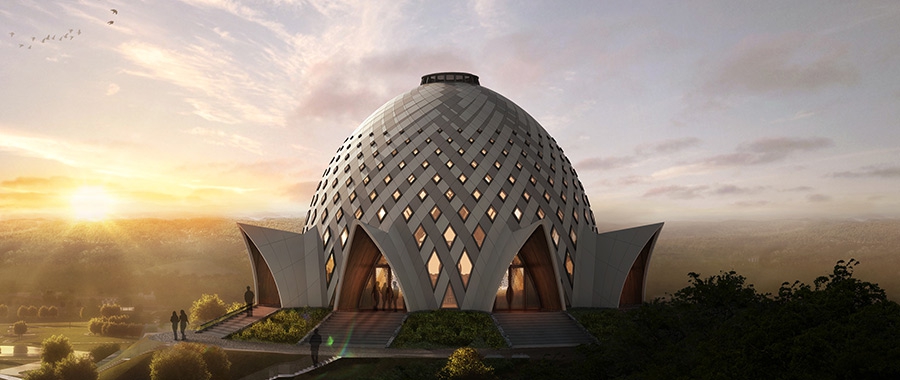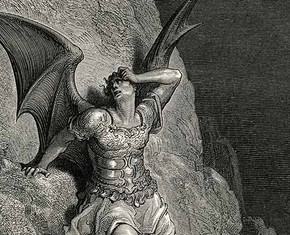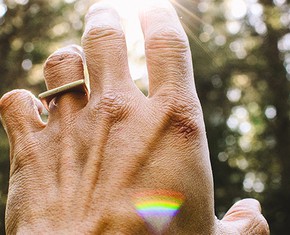The views expressed in our content reflect individual perspectives and do not represent the authoritative views of the Baha'i Faith.
The history of the Baha’i Faith throughout the Pacific Islands is as rich and diverse as the oceans that surround them. A quote from the Baha’i writings always comes to mind when I think of this region of the world I call home:
Should they attempt to conceal its light on the continent, it will assuredly rear its head in the midmost heart of the ocean, and, raising its voice, proclaim: “I am the lifegiver of the world!” – Baha’u’llah, quoted by Shoghi Effendi in God Passes By, p. 253.
The spring equinox, celebrated by many cultures, is known in the Baha’i Faith as Naw-Ruz. It is a new day, a new year, the Earth’s renewal that brings new life. Baha’i communities across the globe gather with friends and family to celebrate this special time.
The Naw Ruz celebration that took place in Port Moresby, the capital of Papua New Guinea (PNG), was colored by the unveiling of the design for the Baha’i Temple whose commission was announced by the Universal House of Justice in 2012.
My Yaya (grandfather) was the second indigenous Baha’i in Papua New Guinea. The building of this Temple is personal to me because years after his passing, his presence is as strong as ever within my family. His devotion to the cause that lies at the center of the Baha’i Faith—the cause of establishing the unity of humanity—is an energy that I feel to my depths.
For this special occasion, people gathered at the site of the future Baha’i Temple to sing and dance and recite prayers together. Members of my mother’s village, Madina, in the New Ireland Province, performed the Malagaan, our most sacred dance. Although I could not attend in person, I lived it vicariously through pictures that poured in across my multiple family group chats.
The site of the Temple overlooks the Waigani Valley, the area of the city that contains the National Parliament House, the Supreme Court, the National Museum, the National Library and Archives and the University of PNG.
The Baha’i Temple will stand as a place of worship, open to all regardless of religion, race, gender or ethnicity. It will serve as a place to gather together, in order to give praise and reflect on the interconnectedness of all people and coherence of all the aspects of our lives.
Papua New Guinea has over 700 distinct cultural groups, so the architects’ task of finding a “universal” theme around which to design the Temple was not easy—it required years of reflection, collaboration and consultation. Ultimately, they decided the art of weaving was the most salient thread connecting all the different groups in PNG. From the roofs of our houses to the bilums and baskets we carry, from the mats we sit on to the fans we use for the flames of our fires, weaving is integral to our culture. On this, the architects noted:
The craft of weaving is analogous to the process of building unity in diversity. Individual strands come together to form something infinitely stronger than the object constituent parts, and the whole draws on the contributions of each individual strand. – Baha’i World News Service, “Design of National Temple Unveiled at Naw-Ruz Amidst Great Joy,” March 21, 2018.
Weaving is salient. It is ancient and beautiful. Using the hands to create something intricate and functional is a communal experience that stretches across generations. The Baha’i House of Worship will be a place of gathering, of celebration, and of worship and prayer for what binds us all together.
This Temple is not only a reflection of the culture and spirit of the people of Papua New Guinea, but I also see my own family in its structure: we are diverse and woven together, with room to breathe yet also interdependent. I feel so much gratitude to have such a beautiful and interwoven family. Many family members have reached out to me to share their sentiments. It is impossible to overstate the joy that this temple has brought and will continue to bring to the Island.
My biological grandparents were among the first indigenous Baha’is in PNG. They felt as if they found a space—in the Baha’i Faith—in which there was no gap between preserving their culture and traditions, and worshipping God. My grandfather was a master carver of the Malagan tradition and his carvings intricately and tangibly expressed the spirituality of his community. My grandmother weaved beautiful bags and was able to connect to those around her through her artfulness and radiant spirit, which continues to shine through my mother and her sisters.
For me, this design is a gift that keeps on giving. I notice something new every day, some new connection or notion that this temple design has stirred up in me.
Papua New Guinea has one of the highest rates of violence against women. In fact, Human Rights Watch has labeled it one of the most dangerous places in the world to be a woman. The resilience of the women in this country is extraordinary—and the imbalance is shifting. In 2017, the first Papua New Guinean, all-women anthology was released, entitled “My Walk to Equality.” It was beautiful, it was heartbreaking, it was breathtaking. It was the first one.
To me, this Temple is an emblem of this shift in the power dynamics. It is an homage to the women of Papua New Guinea. The art of weaving is almost exclusively associated with women! The Baha’i writings extensively promote the vitalness of equality between men and women, in passages such as this:
Until the reality of equality between man and woman is fully established and attained, the highest social development of mankind is not possible. … Until woman and man recognize and realize equality, social and political progress here or anywhere will not be possible. – Abdu’l-Baha, The Promulgation of Universal Peace, pp. 76-77.
This new Baha’i Temple will sit atop a hill, overlooking the political centers of a country with a legacy of deep political discord. It will serve as a physical space for diverse peoples to come together, and as a constant visual reminder of the reality we wish to work towards.

















Comments
Sign in or create an account
Continue with Googleor